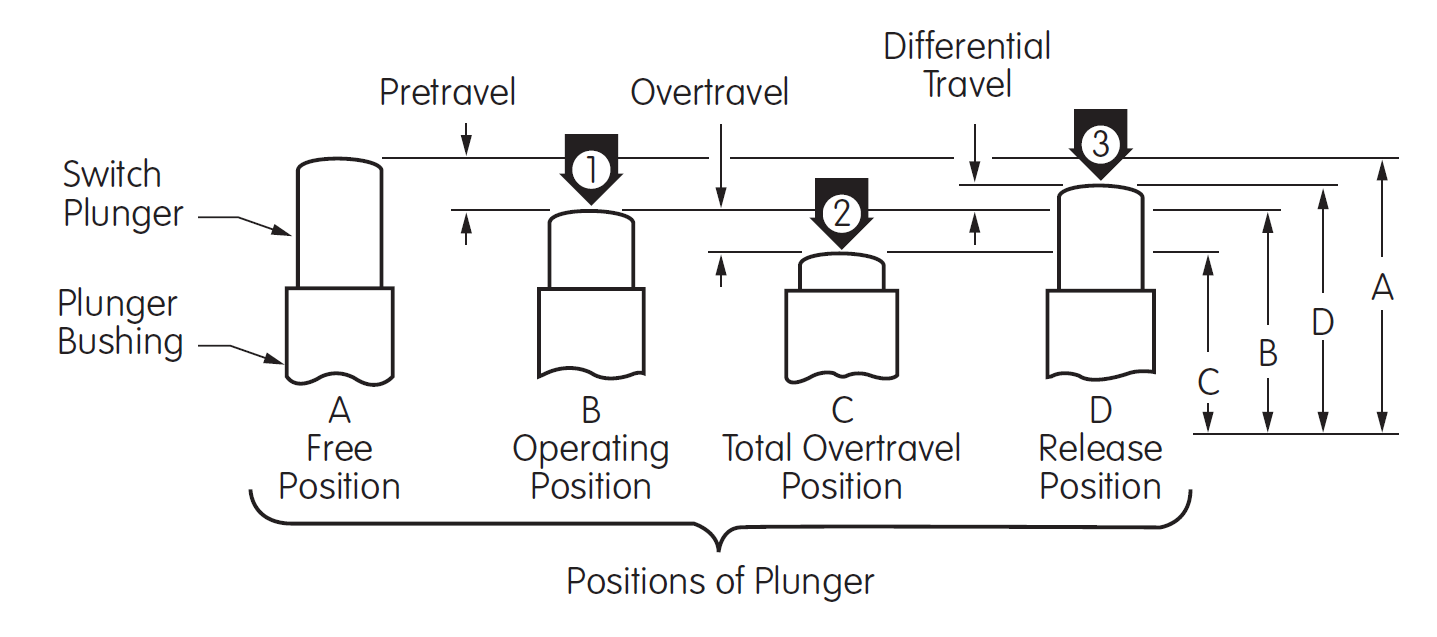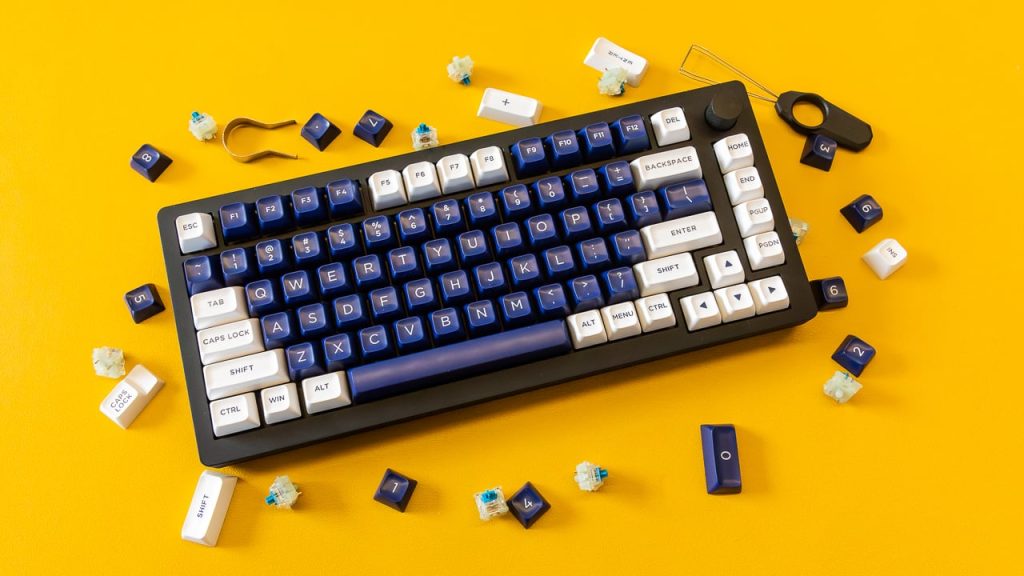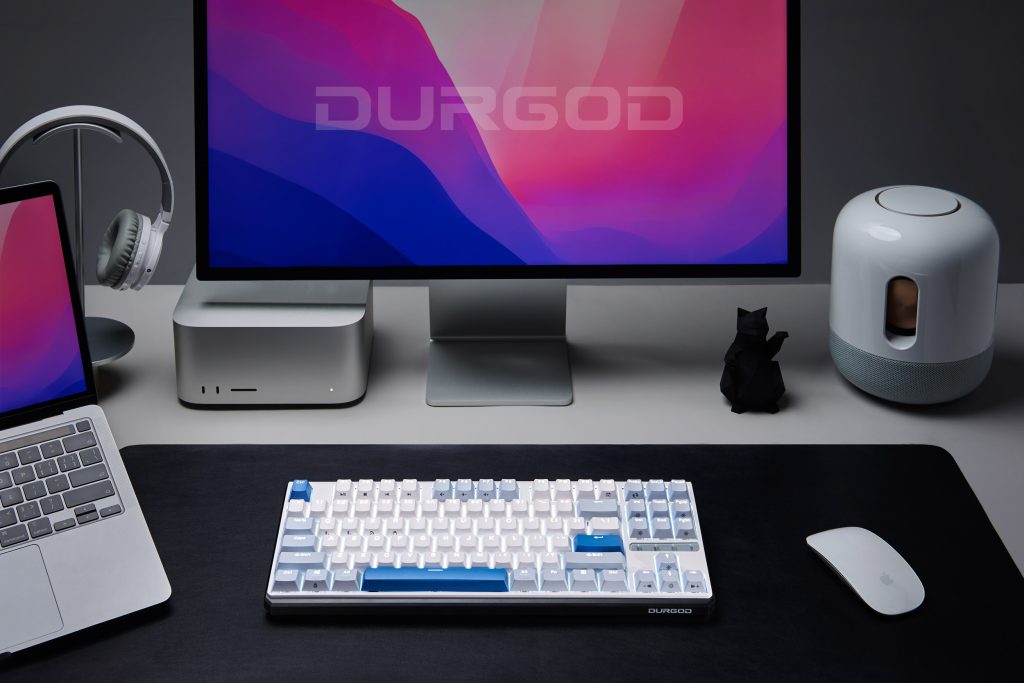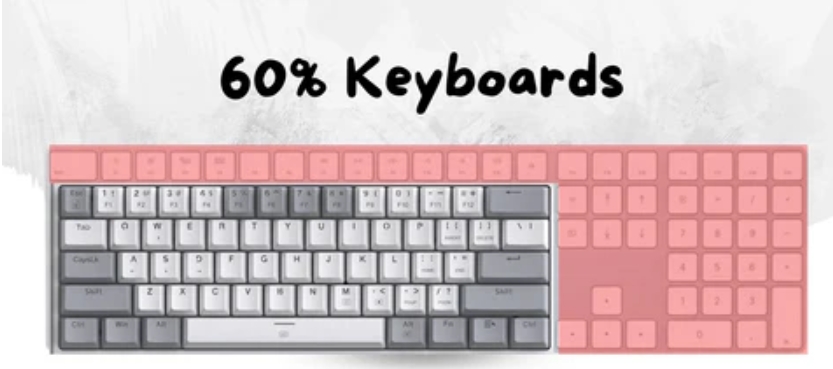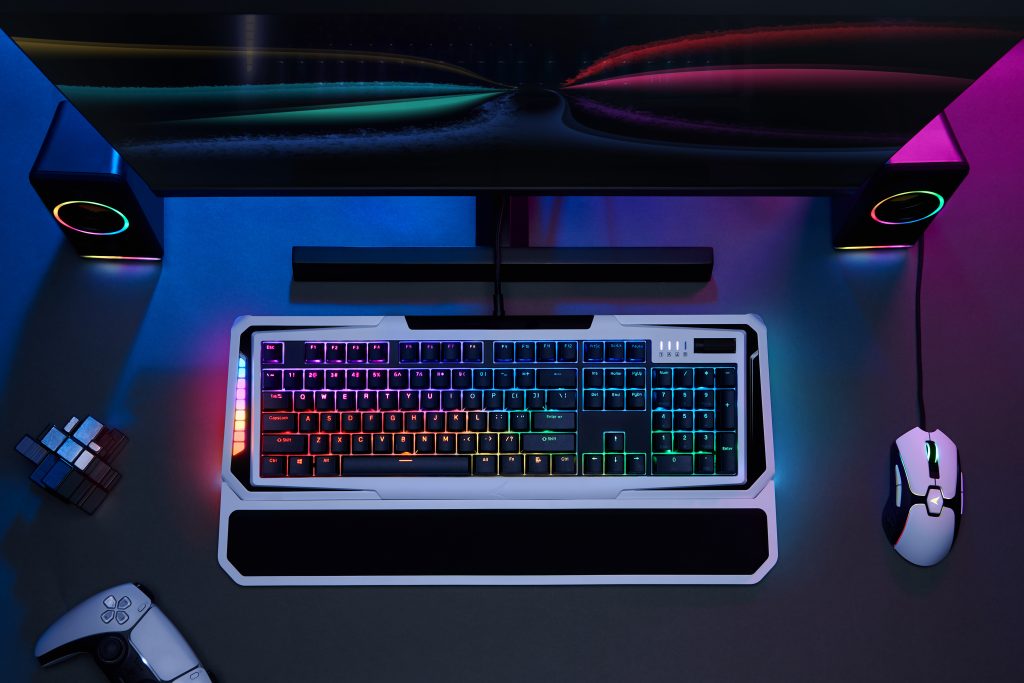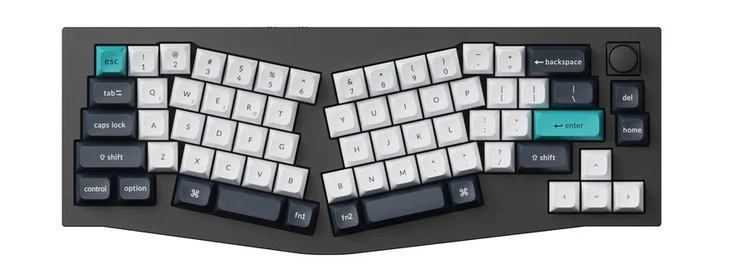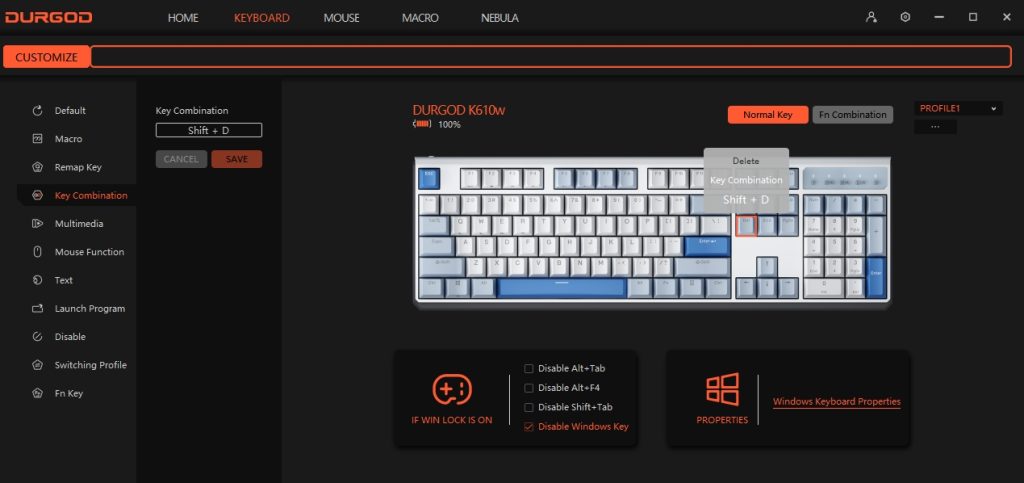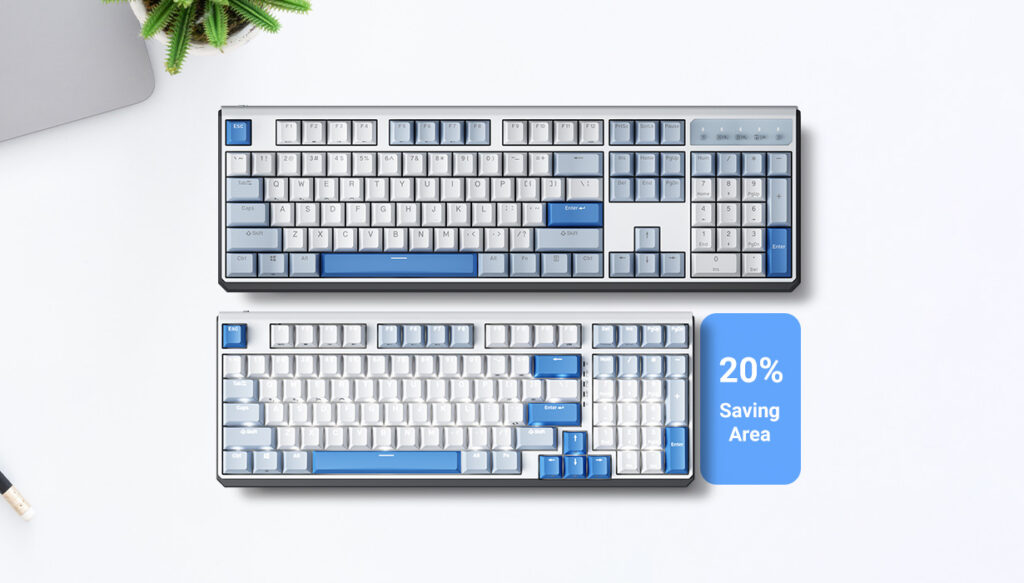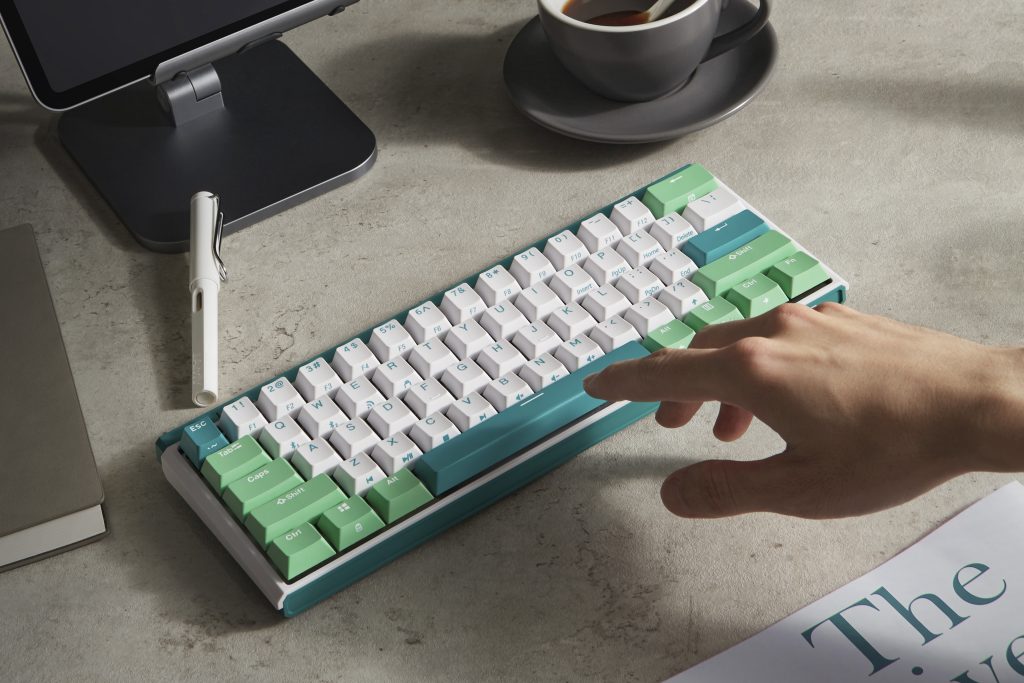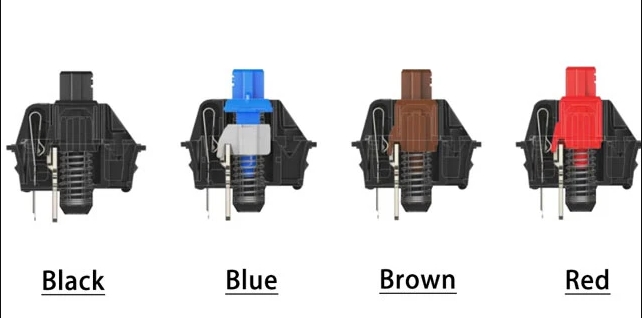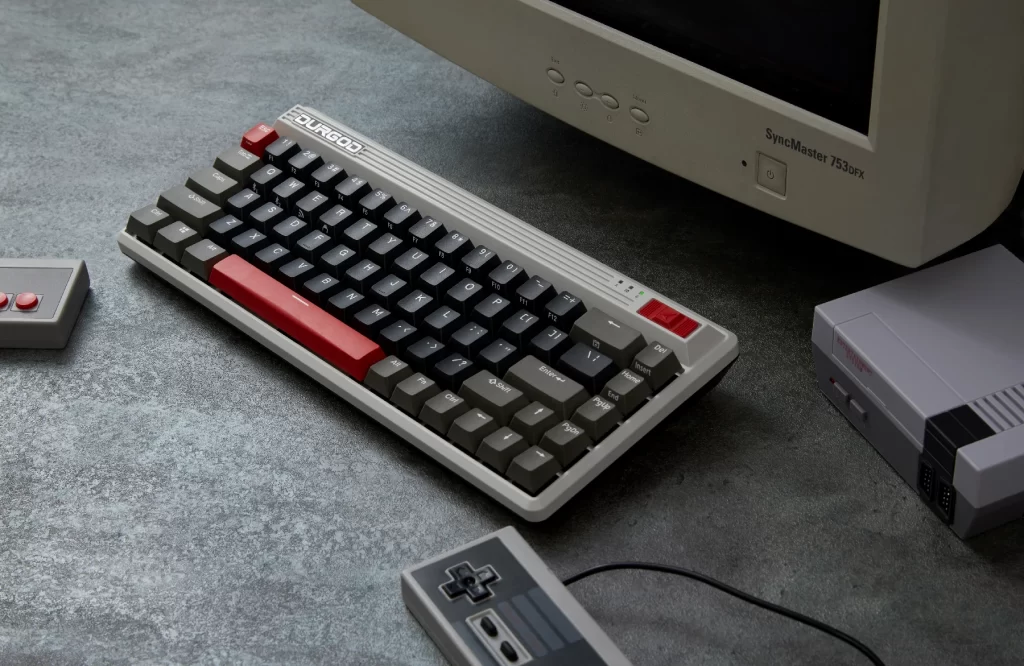Understanding the dynamics of pretravel, overtravel, and differential travel is pivotal for mechanical keyboard enthusiasts aiming for a profound grasp of keyboard mechanics. These concepts detail the movement and reactions of key switches during a keystroke, influencing the overall typing and gaming experience.
Mechanical Switch Pretravel
- Definition: Pretravel is the distance a key moves before activating a keystroke. This initial phase is critical in the keystroke sequence.
- Importance: The length of pretravel impacts typing speed and experience significantly. A shorter pretravel distance can enhance actuation speed, often sought after in gaming, while a longer pretravel may aid in minimizing typing errors.
- Variation Among Switches: Different switches, such as Cherry MX Blue, Red, and Brown, exhibit varied pretravel distances, contributing to each switch’s distinctive touch.
Mechanical Switch Overtravel
- Definition: Overtravel describes the key’s movement post-actuation until it bottoms out, ceasing to move further.
- Relevance: Overtravel is crucial for buffering the keystroke and preventing damage from forceful key presses.
- Typing Comfort: Adequate overtravel enhances typing comfort and lessens finger fatigue, especially during extended typing sessions.
Differential Travel
- Definition: Differential travel signifies the gap between a key’s actuation point and its reset point, with the latter being necessary for the key to register subsequent keystrokes.
- Implications for Typing and Gaming: Minimal differential travel facilitates quicker successive keypresses, advantageous in swift typing and gaming. Conversely, a larger differential travel can enforce more deliberate keystrokes, possibly reducing unintended presses.
Overall Implications
- Typing Efficiency and Speed: The synergy of pretravel, overtravel, and differential travel dictates a mechanical keyboard’s typing efficiency and velocity.
- User Preference: Preferences for these attributes vary. Gamers might lean towards switches with reduced pretravel and differential travel for swift actuation, while typists may favor longer travel distances for enhanced accuracy and comfort.
- Impact on Keyboard Choice: Grasping these concepts enables users to make well-informed decisions when selecting a mechanical keyboard or switch type, tailored to their specific requirements and preferences.
- Ergonomics: Moreover, the travel features of a switch also influence the overall ergonomics of the keyboard. Appropriately balanced travel distances can diminish the risk of strain injuries.
Conclusion
Pretravel, overtravel, and differential travel are fundamental aspects in the function and sensation of mechanical keyboard switches. Together, they mold the typing experience, influencing speed, precision, and ease. Each type of mechanical switch presents a distinct blend of these travel elements, serving a broad spectrum of user preferences and scenarios. Comprehending these terms empowers users to choose a keyboard that best aligns with their needs, be it for gaming, typing, or general use, thereby enhancing their overall keyboard journey.
For more knowledge of mechanical keyboards, visit DURGOD.



